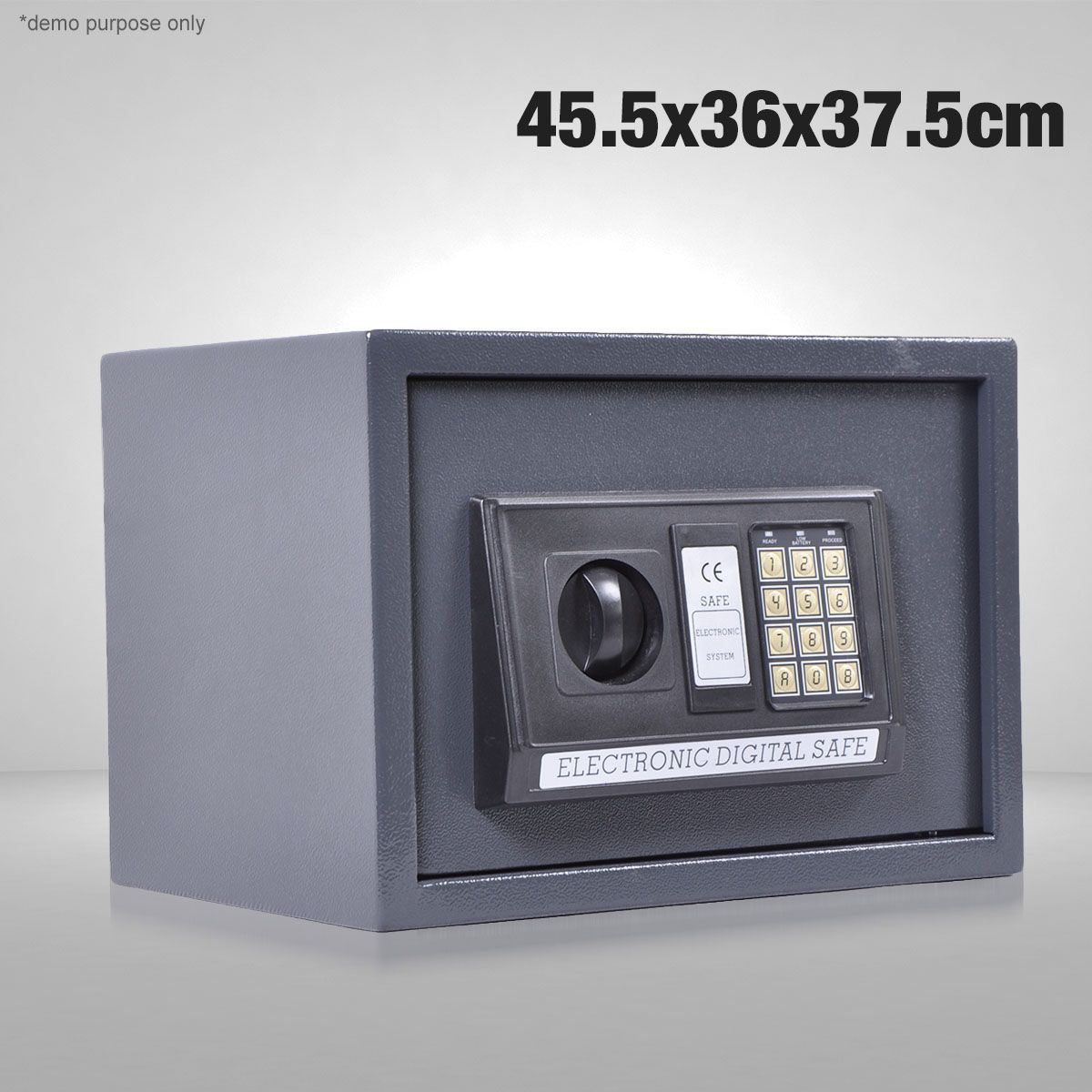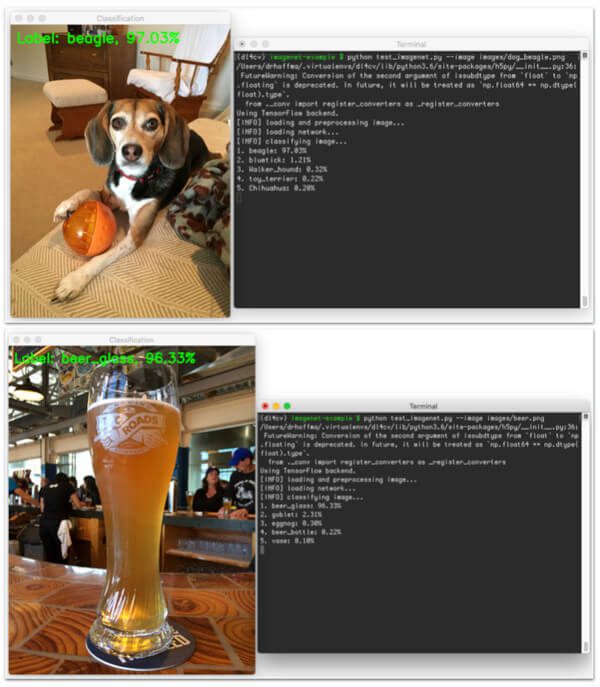

See below, I’m hoping that a fix will be posted or found.

This might be really useful for Second Life texture artists, and other texture artists in the gaming community. The process for generating 3 or 4 additional textures/materials in GIMP is pretty tedious, and I think it can also be done in Blender, but the learning curve there is steep. Crazy Bump is demoed in this video that Nalates featured in a preview of the coming Materials project for Second Life that uses Server Side Baking.
Crazy bump acceess code free#
It’s recently updated (May 2013) and it’s for GIMP 2.8, and it’s based on a free alternative to Crazy Bump, which costs $99USD for a personal license. The normal/height/ambient/specular maps for the picture will be created within the folder where the original picture resides. Load a single layer picture, then choose filters/map/insanebump…, tweak the details, then hit OK.
Crazy bump acceess code generator#
This is a normal map generator from a single image, originally created by omaremad. GIMP Plugin Registry – Insane Bump (based on Insane Bump, a free alternative to Crazy Bump) But the Materials project, which I’ve been folllowing via blogs like Nalates‘ and others, really seems like a game-changer (heh) and people who like to make stuff for fun or virtual profit might need to step up their skillz a bit. I’m usually well behind the curve on changes with Second Life updates and enhancements – see recent posts about trying to learn Blender years after sculpts (and later mesh) were introduced. This might be worth installing the Materials Viewer to test in a SSB-enabled region. I’ll start a new post because I’ve since found yet another tool for quickly generating different kinds of maps for texturing, Knald. UPDATE: I’ve found slightly less opaque instructions and gotten the InsaneBump plugin working for GIMP (and also the fully InsaneBump program working, but it’s really old). I struggle with unwrapping and texturing. €” Read on /forums/topic/419611-tutorial-texturing-your-meshes-without-having-black-lines-or-seams/ I've noticed quite a few meshes in-world often have black lines on their textures, either on the edge of the mesh's UV seams, during download, or. Texturing your meshes without having "black lines" or seams.This looks so cool and dare I say it, easy?īlender landscape tip weight painting - BlenderNation Blender landscape tip weight painting - BlenderNation.It needs to be a little quirky and not too commercial. Need to find a good stream for my Hypergrid megaregion, so will spend time. To change the intensity of the bump effect, fiddle with the Strength and Distance values.GRADE D for me from the SL Department of Virtual Health, and also from the Department of Dummies Who Mess Up Caspervend. Change the viewport to Rendered to see live results. Now connect the Normal output of the Bump node to the Normal input of the Diffuse node and see your bump map applied to the model. If you don’t have a black and white bump map and use a colour map instead (like a diffuse map), choose the Alpha output and connect it to the Height input. Open your bump map in the texture node, then connect its colour output to the Height input of the Bump node. a new Bump Map node (Add – Vector – Bump).a new Texture Map node (Add – Texture – Image Texture).To add a Bump Map to this setup, we’ll need to add two things: When we setup a standard material for Blender’s Cycles render engine, it’ll start with just a single diffuse node like this:įeel free to change the diffuse colour or add a texture map to it’s colour input.


 0 kommentar(er)
0 kommentar(er)
